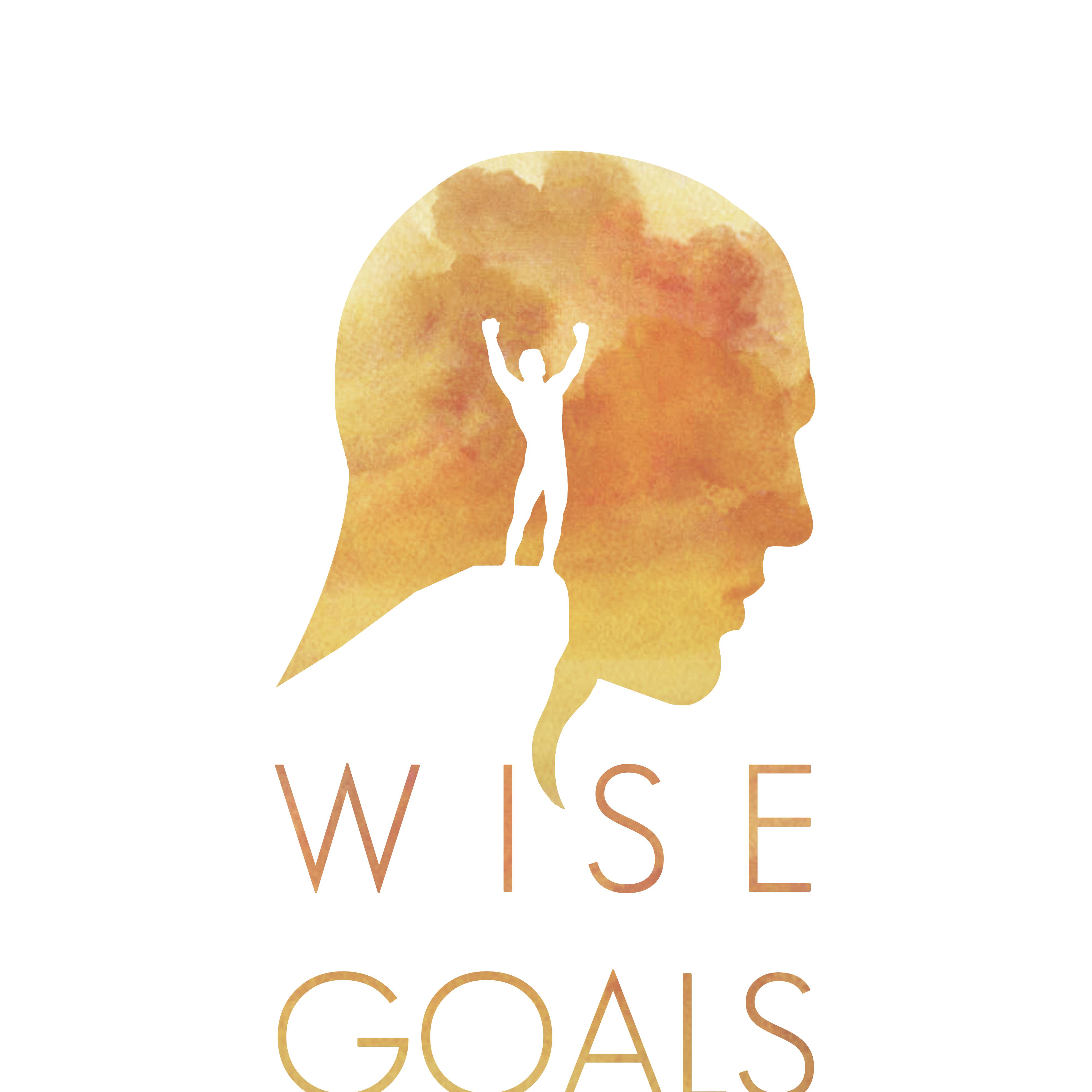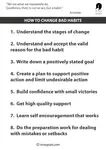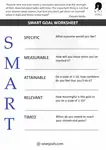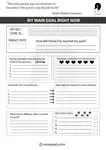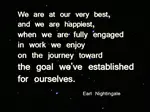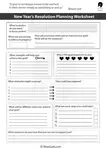- Home
- All About Goal Setting
- Types of Goals
Types of Goals: A Guide to Setting Meaningful Objectives
Why Understanding Goal Types Matters
One powerful way to bring structure and motivation into your goal-setting is to understand the different types of goals you can set.
Each type of goal serves a different purpose—some stretch you, some ground you, and others guide your daily efforts. When people set goals without clarity about which type of goal fits the unique situation, they often feel lost, overwhelmed, or stuck.
By using the right kind of goal for the right moment, you can boost focus, stay motivated, and follow through more effectively.
Common Types of Goals
🎯 Short-Term Goals
These are achievable within days, weeks, or a few months. They help you stay focused, gain momentum, and experience quick wins.
👉 Explore Short-Term Goals →
🏔 Long-Term Goals
These are big-picture goals that may take a year or more to accomplish. They give you direction, purpose, and help align your actions over time.
👉 Explore Long-Term Goals →
🎯 Outcome Goals
Outcome goals define what success looks like—they focus on the end result, such as getting a promotion or finishing a marathon. They’re motivating but often outside your full control.
👉 Explore Outcome Goals →
💪 Performance Goals
Performance goals break down your outcome goals into how well you’ll perform along the way. For example, “Run 5km in under 30 minutes.” They focus on improvement and skill.
👉 Explore Performance Goals →
✨ Everest Goals
These are bold, inspiring goals that stretch your potential. They're ambitious and deeply meaningful—think of them as your personal Mount Everest.
👉 Explore Everest Goals →
🤝 Contribution Goals
These goals are about what you give, rather than what you get. They may focus on helping others, building something valuable, or leaving a legacy.
👉 Explore Contribution Goals →
✅ SMART Goals
SMART stands for Specific, Measurable, Achievable, Relevant, and Time-bound. This practical framework helps you create clear and actionable goals.
👉 Explore SMART Goals →
How to Choose the Right Goal Type
There’s no one-size-fits-all formula for choosing goal types. The most effective approach is to know yourself—your situation, your patterns, your preferences—and use a variety of goal types that fit you.
Some situations call for structure; others need inspiration. If there’s an external deadline, that shifts everything compared to setting your own pace. You might be stuck with too narrow a focus and need space for open-ended exploration. The key is stepping back and asking:
- What types of goals are already in place and working well?
- What types are missing or unclear?
- Where is my knowledge or experience strong—and where is it lacking?
- What type of goal would support me best right now?
Combining different approaches, based on a clear view of your current reality, helps you stay grounded, motivated, and adaptable—especially when life gets unpredictable.
You can think of it like two wheels that carry you forward:
1. Knowledge of goal types (your range of opportunities)
2. Knowledge of yourself (so you know which opportunities to apply and when)
Together, they help you move with more clarity, confidence, and direction.
Next Steps
🔗 Explore the types above to go deeper into each one.
📥 Or use our free Goal Planning Worksheets to choose and plan your goals step-by-step.
- Home
- All About Goal Setting
- Types of Goals
Who I'm Affiliated With
I'm proud to be part of professional networks that value evidence-based practice, inclusion, and social impact.

